Weekly recaps
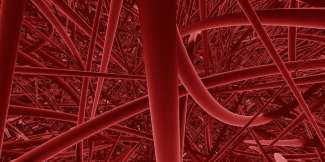
Recap / Best of Last Week: Patterns in mass extinctions, cause of ice ages, blood vessel damage in children from COVID-19
It was a good week for Earth science as a trio of researchers from Japan, the U.K. and Sweden ran artificial intelligence applications that found surprising patterns in Earth's biological mass extinctions—Jennifer Hoyal ...
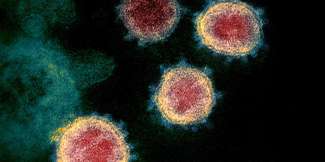
Recap / Best of Last Week: Largest drone unveiled, drug stops SARS-CoV-2 transmission and impact of social distancing on brain
It was a good week for historical research as a team at Germany's state archaeology museum reported on the finding by World Wildlife Fund divers of a Nazi Enigma code machine on the seabed in the Baltic Sea. Also, a team ...
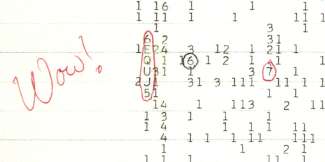
Recap / Best of Last Week: New kind of physics, cheap N95 respirators, and controlling pain
It was another good week for space science as amateur astronomer Alberto Caballero found possible evidence for a source of the famous "Wow!" signal—a sun-like star in the region of space where the signal originated that ...
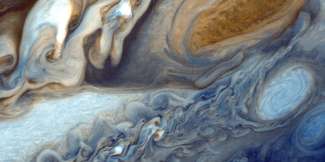
Recap / Best of Last Week: Jupiter and Saturn to form double planet, hacking robot vacuums and a COVID-19 nasal spray
It was a good week for space news as a team of researchers at Rice University reported that this December, Jupiter and Saturn will look like a double planet for the first time since the Middle Ages—they claim it will appear ...

Recap / Best of Last Week: Music without headphones, a holographic video display and using melatonin to treat COVID-19
It was another good week for space research, as a team at Lawrence Livermore National Laboratory found evidence in molybdenum isotopes showing that the solar system formed in less than 200,000 years approximately 4.5 billion ...

Recap / Best of Last Week: Gravity sans string theory, early female big game hunters and COVID-19 antibodies different for kids
It was a good week for physics as an international team of physicists found a way to explain gravity without involving string theory, showing that it is possible to connect general relativity and quantum mechanics using other ...
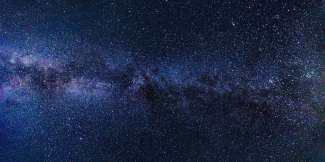
Recap / Best of Last Week: Activity found on a Centaur, raptor inspired drone and strong antibody response to SARS-CoV-2 virus
It was a good week for space research as a team at Northern Arizona University discovered activity on a distant planetary object: they found differences in images taken of Centaur 2014 OG392 at different times. Also, an international ...
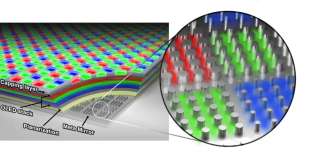
Recap / Best of Last Week: Closing in on dark matter, ultra-high-res OLED display and distancing/masks may not stop COVID-19
It was another good week for physics research as a team with members from the National Institute of Standards and Technology, the University of Colorado, Stanford University and the University of Nevada used precision metrology ...

Recap / Best of Last Week: Controlled transport of light, 'walking inside of cells,' and one COVID-19 vaccine found to be safe
It was another good week for physics as a combined team from Beihang University and Johannes Gutenberg-Universität Mainz successfully carried out controlled transport of stored light by holding it in a cloud of cold atoms—they ...

Recap / Best of Last Week: Speed of sound upper limit found, new solar panel design and machine washing COVID-19 masks
It was a good week for physics as a team with members from the Institute for High Pressure Physics in Troitsk, the University of Cambridge and Queen Mary University of London found the upper limit for the speed of sound. ...
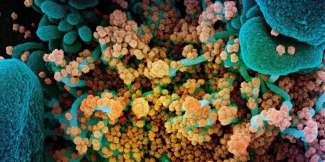
Recap / Best of Last Week: Entangling large distant objects, SARS-CoV-2 virus blocks pain and children key to pandemic
It was another good week for physics research as a team at the University of Arkansas built a circuit that generated clean, limitless power from graphene. It worked by capturing graphene's thermal motion and converting it ...

Recap / Best of Last Week: A new type of superconductor, a biometric hand and vitamin D reduces COVID-19 symptoms
It was another good week for physics as a team at Lancaster University established why objects moving through superfluid helium-3 lack a speed limit—because of exotic particles that stick to surfaces in the superfluid. ...